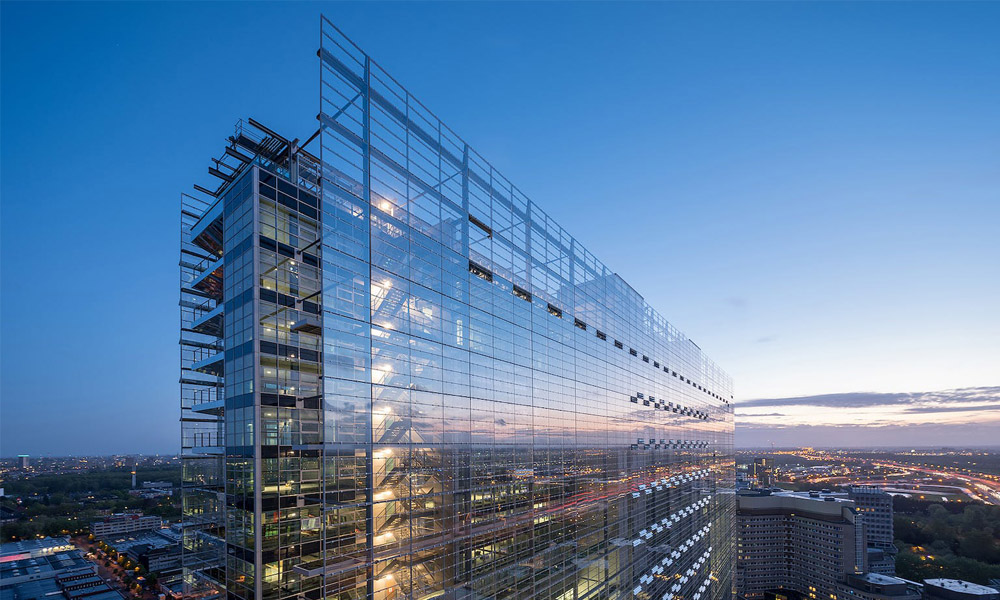

Understanding Laminated Mirror Glass Features, Benefits, and Applications
Laminated mirror glass is an innovative product that has gained tremendous popularity in various sectors, ranging from architecture to interior design. However, many people may not fully understand what it is, how it works, and why it is favored over traditional mirror options. In this article, we will explore the features, benefits, and applications of laminated mirror glass.
What is Laminated Mirror Glass?
Laminated mirror glass is essentially composed of two layers of glass with a reflective coating sandwiched between them. The process involves bonding the layers together using a strong adhesive interlayer, typically made from polyvinyl butyral (PVB) or ethylene-vinyl acetate (EVA). This configuration not only enhances the glass's structural integrity but also provides a protective layer that enhances safety.
Features of Laminated Mirror Glass
One of the primary characteristics of laminated mirror glass is its increased durability compared to standard mirrors. The laminated structure is resistant to shattering, reducing the risk of injury from broken glass. This makes it an ideal choice for high-traffic areas, public spaces, and locations where safety is a concern.
Another important feature is the aesthetic quality it offers. The reflective surface of laminated mirror glass provides a sleek and modern look. It is available in various thicknesses and finishes, allowing designers and architects to customize it according to their specific needs.
Moreover, laminated mirror glass can minimize glare and improve visibility. The bonding process can also enhance sound insulation, making it attractive for residential or commercial spaces where noise reduction is advantageous.
Benefits of Laminated Mirror Glass

The benefits of using laminated mirror glass are abundant. One of the most significant benefits is safety. In case of breakage, the interlayer holds the glass fragments together, preventing them from scattering. This safety feature is particularly crucial in environments like schools, gyms, and public bathrooms.
Another advantage is enhanced security. Laminated glass is more challenging to break through compared to regular glass, providing an extra layer of protection against intrusions. This feature is useful in commercial settings, where security is paramount.
Furthermore, laminated mirror glass is easy to clean and maintain. Its smooth surface is less prone to scratches and stains, making it a practical choice for busy environments. The longevity of laminated glass also results in reduced replacement costs over time, making it a cost-effective investment.
Applications of Laminated Mirror Glass
Laminated mirror glass has a wide range of applications across various industries. In architecture and construction, it is frequently used in facades, skylights, and glass partitions. Its ability to provide beauty while ensuring safety makes it a favored choice among architects.
In the interior design sector, laminated mirror glass is often found in luxurious settings like hotels, spas, and high-end apartments, where aesthetics and functionality are equally essential. It is also used in furniture design, such as in coffee tables, wardrobes, and decorative wall panels.
Additionally, laminated mirror glass is increasingly used in vehicles, particularly in rearview mirrors and windows. Its shatter-resistant qualities align with safety regulations in the automotive industry, ensuring that passengers remain protected during collisions.
Conclusion
Laminated mirror glass is more than just a reflective surface; it is a versatile and safe solution for various applications. With its unique combination of safety, durability, and aesthetic appeal, laminated mirror glass is revolutionizing the way we think about mirrors in our daily lives. Whether in commercial, residential, or automotive applications, the advantages it provides are hard to overlook. As technology continues to advance, laminated mirror glass will likely become even more integral to our built environment.